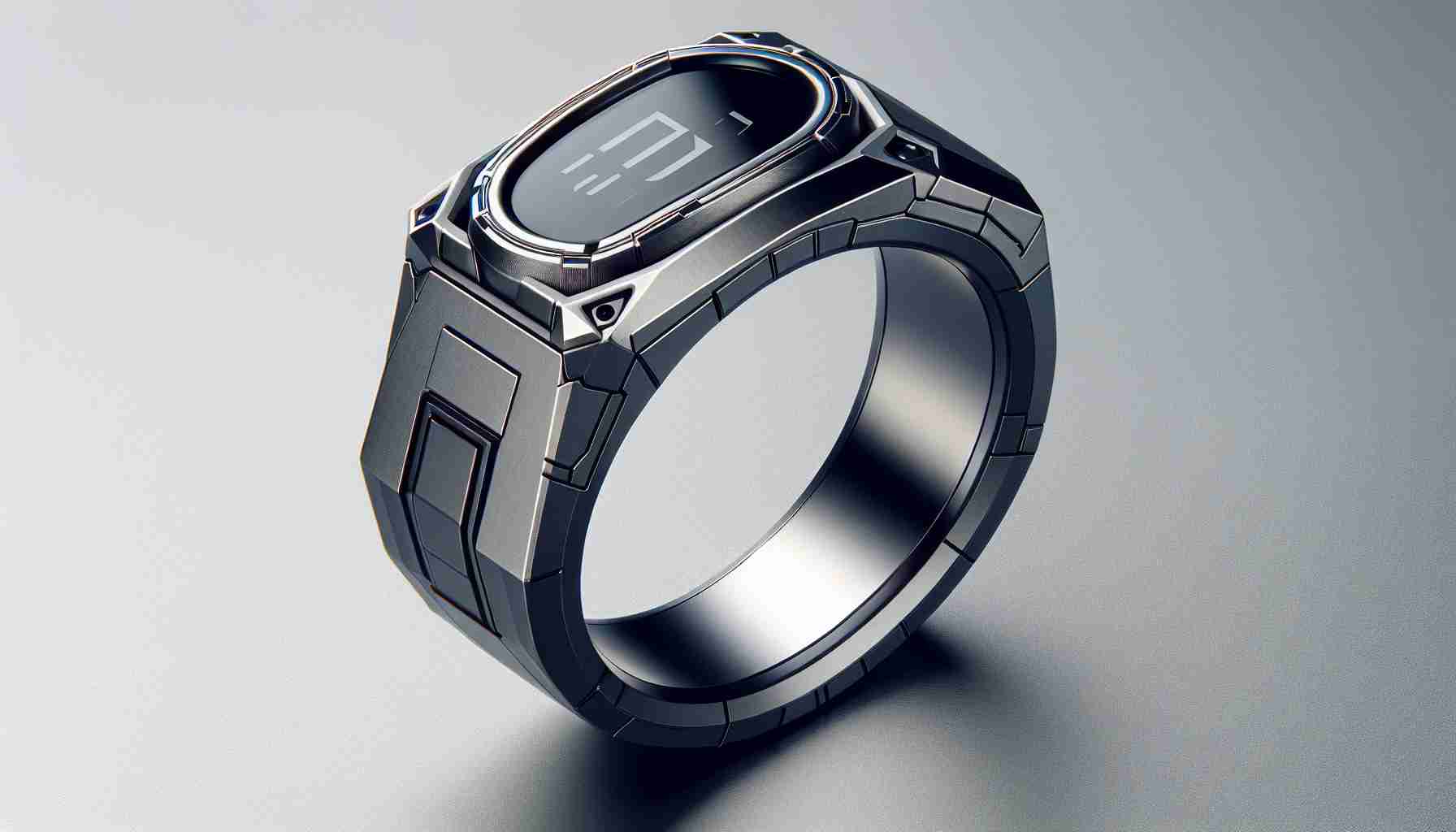Apple’s Face ID technology has revolutionized the way users interact with their devices by providing a secure and intuitive method of authentication. Launched with the iPhone X in 2017, Face ID leverages advanced technology to recognize a user’s face and unlock the iPhone, authorize purchases, and enable various features seamlessly. This article delves into how Face ID functions and the underlying technology that powers it.
At the core of Face ID is the TrueDepth camera system, which is situated at the front of the iPhone. This system is made up of several key components, including an infrared camera, a flood illuminator, and a dot projector. The infrared camera captures images in various lighting conditions, ensuring that Face ID works both in bright sunlight and in low-light environments. The flood illuminator helps to light up the user’s face with infrared light, enabling the system to function even in complete darkness.
One of the standout features of Face ID is the dot projector. This component projects over 30,000 invisible dots onto the user’s face to create a detailed depth map. The combination of the dot projector and the infrared camera allows the TrueDepth system to capture extensive facial data uniquely linked to each user. This data is then securely converted into a mathematical representation that is stored in the device’s Secure Enclave, ensuring that the user’s facial information remains private and secure.
Upon attempting to unlock the device or authenticate an action, the TrueDepth camera system quickly analyzes the face and compares the features against the stored mathematical representation. The advanced algorithms can recognize a user even if they change their hairstyle or wear glasses, making the system incredibly robust. Furthermore, to increase security, Face ID is designed to work only when the user’s eyes are open and looking directly at the device, which helps prevent unauthorized access.
Machine learning also plays a significant role in enhancing Face ID. The system uses machine learning to adapt to changes in the user’s appearance over time. For example, if a user grows a beard or begins wearing makeup, Face ID continuously learns and updates its model to recognize the user accurately.
In terms of security, Face ID is considered more secure than traditional fingerprint scanning systems. Apple claims that the probability of someone unlocking an iPhone with Face ID by chance is approximately 1 in 1,000,000, whereas Touch ID’s chance is around 1 in 50,000. This significant difference in odds highlights the effectiveness of Face ID in ensuring user data stays protected.
In conclusion, Apple’s Face ID technology embodies cutting-edge innovation, delivering a blend of convenience and security for iPhone users. The complex interplay of the TrueDepth camera system, deep learning capabilities, and stringent privacy measures emphasizes Apple’s commitment to providing a trustworthy authentication method. With the continuous advances in technology, it is anticipated that Face ID will evolve even further, enhancing user experience and security in the years to come.
Enhancing Your Experience with Face ID: Tips, Life Hacks, and Fascinating Facts
Apple’s Face ID technology has truly transformed how we use our devices. While its security features are impressive, there are numerous tips and life hacks that can enhance your experience with Face ID. Here are some insightful suggestions and intriguing facts that might be of interest to you.
1. Optimize Your Face ID Settings:
Ensure that Face ID settings are configured properly for optimal performance. Go to Settings > Face ID & Passcode. Here, you can set up alternate appearances if you occasionally change hairstyles or wear glasses. This additional setup allows Face ID to recognize you more reliably in different contexts.
2. Use Your Lenses Wisely:
If you regularly wear glasses or sunglasses, consider adding an alternate appearance for times when you aren’t wearing them. Face ID is designed to learn and adapt to your appearance changes, so provide it with as much information as possible for better recognition.
3. Avoid Obstructions:
Make sure nothing is obstructing your face when attempting to unlock your device. Avoid hats with brims or masks that cover your face, as they can impede the TrueDepth camera’s ability to scan your features effectively.
4. Face ID in Low Light:
Although Face ID works well in low light due to the infrared capabilities, consider using the flood illuminator to your advantage by positioning yourself where there is some ambient light. This can further enhance recognition speed in darker environments.
5. Awareness of Conscious Unlocking:
Face ID is designed to unlock your device only when you’re looking directly at it, which enhances security. To unlock effortlessly in various situations, keep your eyes open and gaze at the device. This feature is essential to prevent unauthorized access even when the device is near you.
6. Interesting Face ID Statistics:
Did you know that Face ID technology is more secure than traditional fingerprint sensors? With a probability rate of 1 in 1,000,000 for unlocking by chance, it surpasses the odds of Touch ID significantly. This fact makes Face ID a leading choice in biometric authentication.
7. Learning Over Time:
Face ID utilizes machine learning which means it continuously improves how it recognizes you. If you make changes to your appearance, such as growing a beard or changing your hairstyle, Face ID will adapt to these changes over time, enhancing your experience.
8. Explore Additional Apple Features:
Face ID isn’t just for unlocking your device. It’s also used for authorizing purchases in the App Store and Apple Pay transactions. Leverage these features for seamless shopping and transactions.
9. Future of Face ID:
As technology advances, we can expect even greater enhancements in Face ID. Rumors suggest that future iterations may include additional biometric features, improving security and user experience further.
For those looking for more on Face ID and its continuing evolution, I recommend exploring more about Apple’s latest innovations at Apple. As you delve deeper, you’ll find cutting-edge advancements that continue to shape the way we interact with our devices.
In conclusion, understanding and utilizing the full potential of Face ID can greatly enhance your device experience while ensuring your data remains secure. By following these tips and staying informed about the technology, you’re set to make the most out of your Face ID experience!






















